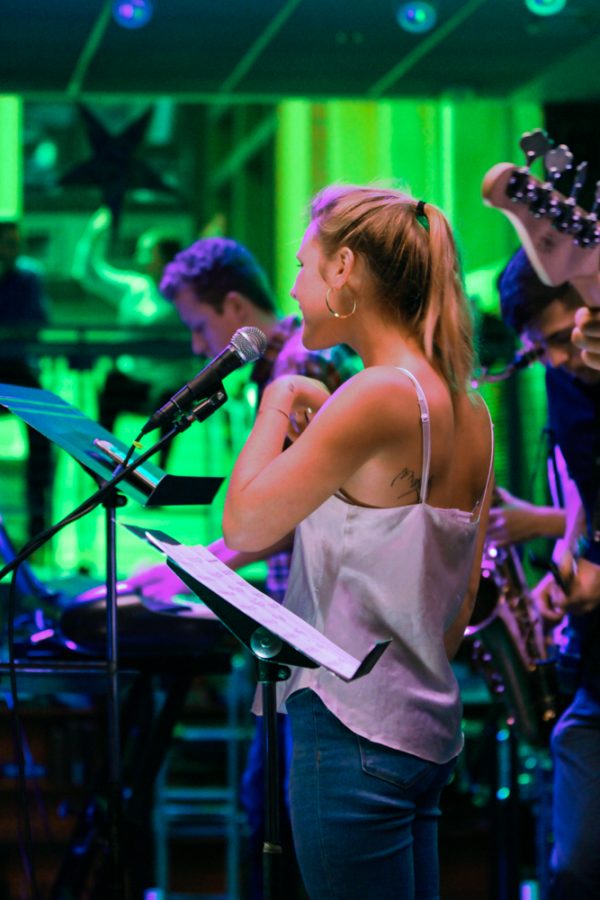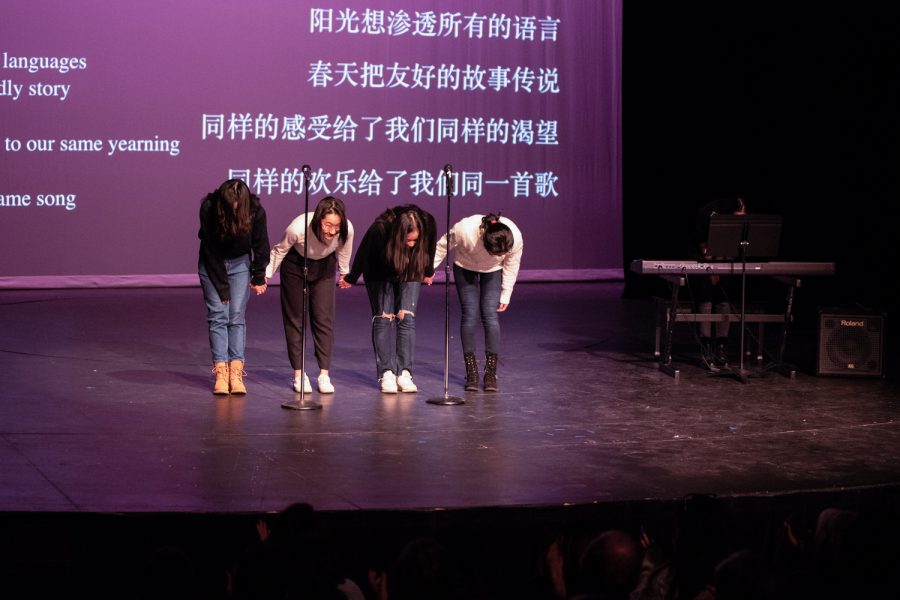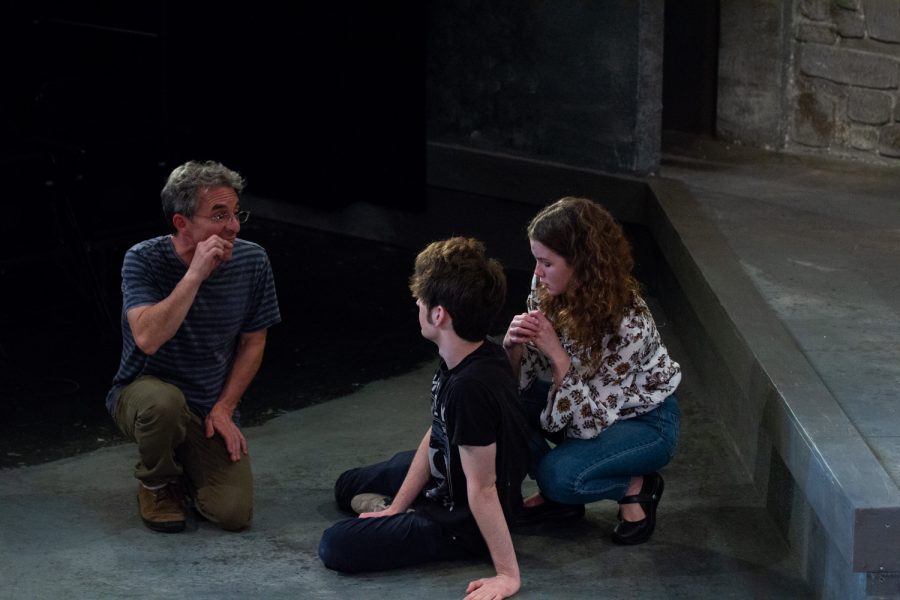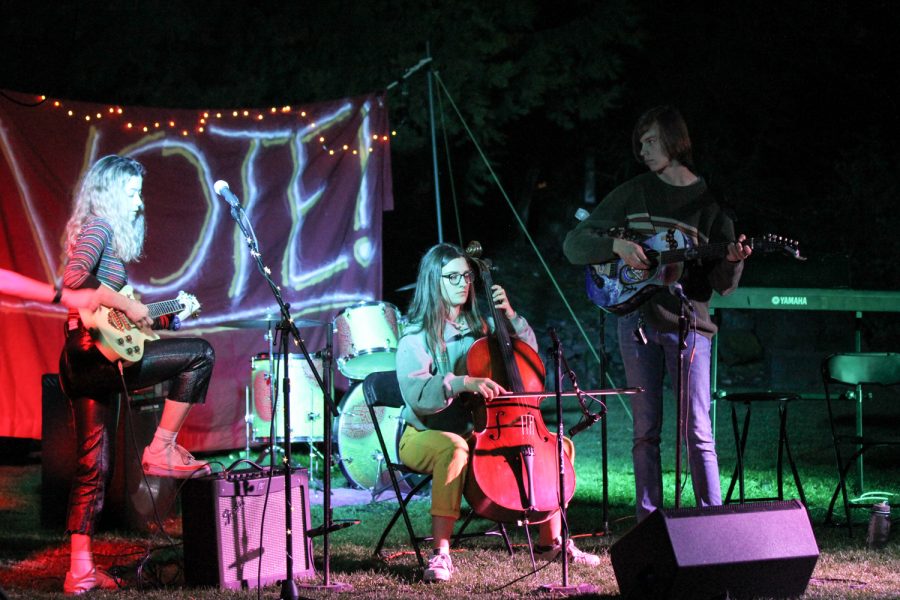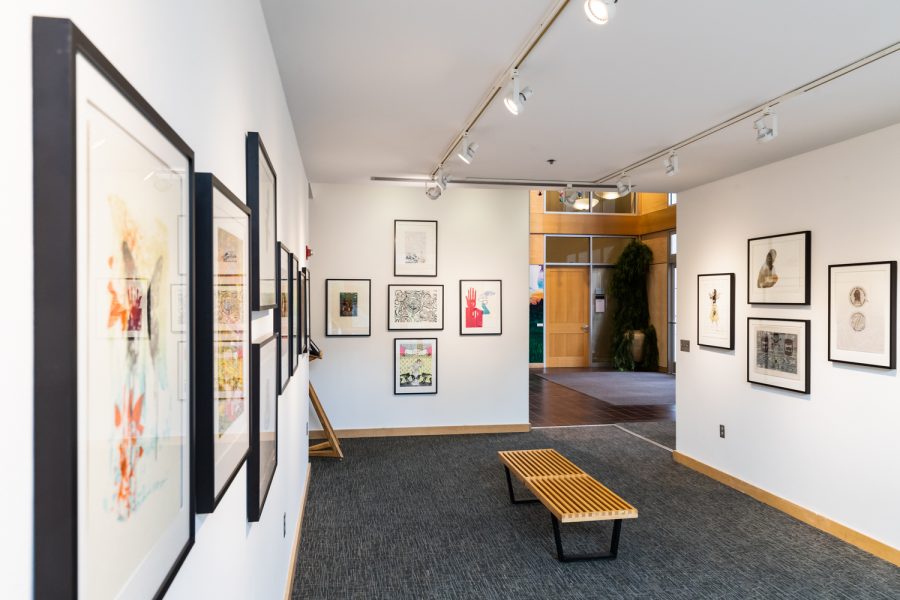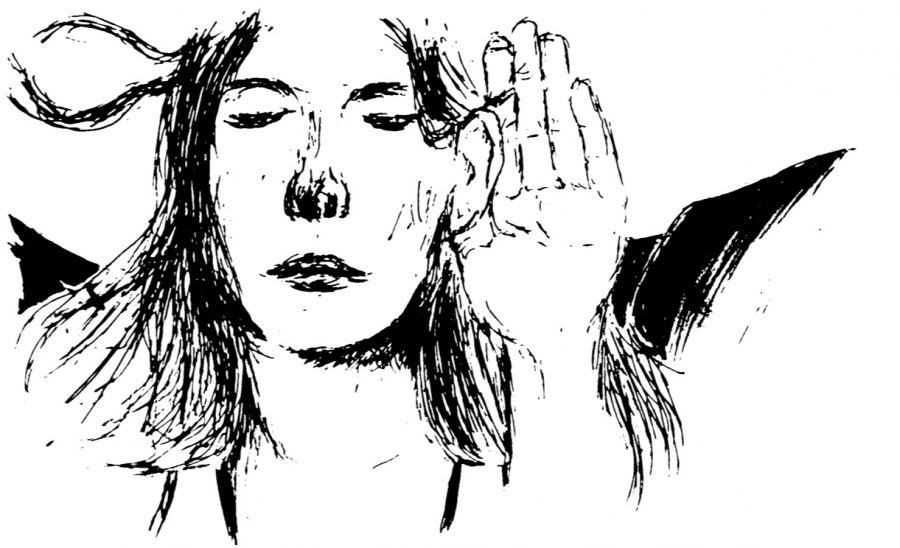In late elementary school and throughout middle school I participated in a local summer theater program. For five summers I was cast in various roles (the femme fatale, the sassy older sister, the help) that, at the time, didn’t mean anything to me. I was just happy to have a speaking part.
I tell this story because as I got older, I realized that it wasn’t just a fluke that I happened to play very similar –– and perhaps a little too mature –– roles when I was younger. Growing up, I realized that Latina women were also typecast in almost oppressively one-dimensional stereotypes on television. Look at Eva Longoria who portrayed a conniving Latina homemaker who used her looks to advance her agenda in “Desperate Housewives.” Or look at Sofia Vergara who plays the overly emotional, overly loud and overly crazy Gloria on “Modern Family.” Turn on Lifetime’s “Devious Maids” for 10 minutes to see the silent-but-sexualized maid trope. Even Santana on “Glee,” Fox’s hour-long PSA against harmful stereotypes, falls victim to these cliches.
It was with these years-long expectations and grievances that I turned on the CW’s new show, “Jane the Virgin.” The show follows Jane Villanuevas who, like the title suggests, is a virgin who is accidentally inseminated with her boss’s baby. Comedy, romance and drama ensue as Jane comes to terms with her pregnancy, her Catholic guilt and her torn romantic feelings for her old boyfriend and her baby daddy. Puerto Rican-American actress Gina Rodriguez plays Jane, and the show –– which features an almost exclusively Hispanic main cast –– highlights a Latina family in a light that hasn’t really been seen before on TV.
As a Latina, it’s refreshing to see a Latina portray something other than a caricature. Jane is determined, bubbly, observant and kind. She knows how to work hard and how to hustle when necessary. Jane is a woman who is deeply rooted in her origins but conflicted by her desire to establish herself as different from her mother. Jane reminds me not only of myself but also of many other girls because she grapples with issues that any young woman can relate to: boys, a desire for independence, a responsibility to her family, religion, growing up. The only reason why I feel compelled to write about her is because it’s such an anomaly that such a multidimensional character on TV happens to be Latina.
Watching such a complex Hispanic character has gotten me thinking about the kind of Latinas that we as a society want to see on TV. Journalist Tanisha Ramirez explained in the Huffington Post that “the problem [with television] is that this idea of the curvy, sexy and sultry Latina … traps our culture … ignoring the values, ethics, and traditions that contribute to [their] sense of culture and community.” Jane, however, is the Latina that unfortunately goes often unseen in television. Jane embraces her culture but in a way that reminds me of any second-generation Latina. As Jaime Camil, who plays Jane’s father, said in a recent interview, “The house doesn’t need to have piñatas hanging from the ceiling.” Jane shines by living in a tangible real life.
I know that the show isn’t perfect. Sure, they say one too many “Ay’s” in their quest to be relatable. And yes, some classic stereotypes still pervade (the trap of religion and the virgin/whore complex are ones that especially annoy me). Yet overall, “Jane” is moving in the right direction. The show gives us examples of some ways Latina life can play out without claiming to be the definitive universality. It’s fast-paced, clever and full of dramatic twists and turns that give the actors and its leading Latina lady seldom-seen opportunities to excel.
When Rodriguez unexpectedly won a Golden Globe for her role as Jane, she said, “This award is so much more than myself. It represents a culture that wants to see themselves as heroes.” It is my hope that as the demographics of the United States are rapidly changing and Latinos soon replace whites as the majority, we will have more of these complicated and nuanced heroes on TV. I choose to believe that “Jane” is just the beginning.





